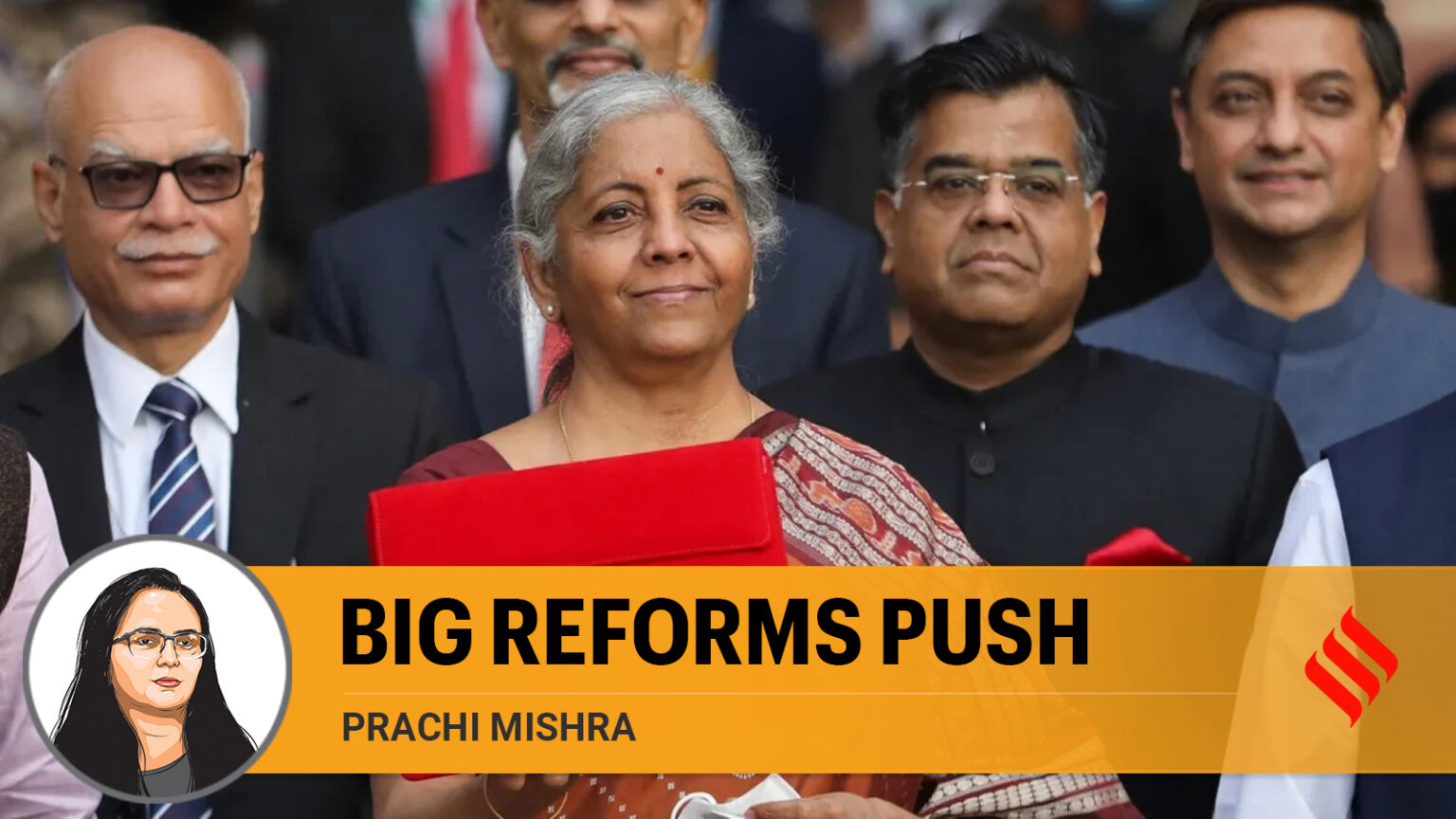Unveiling India’s Vision: What to Expect from the 2024-25 Budget
As we approach the unveiling of India’s 2024-25 budget, the importance of this annual financial statement cannot be overstated. While in many advanced economies, the budget presentation is a routine affair, in the context of emerging markets like India, it holds special significance. The origins of this importance can be traced back to colonial times when the budget was primarily an accounting mechanism for the British Empire. However, since Independence, the budget has evolved into a platform where the administration outlines its vision for the country’s economy.
The Historical Context
India’s budget presentation has traditionally been a colonial legacy, meticulously aligned with British time. Post-Independence, it transformed into a tool for economic stewardship, offering a glimpse into the government’s long-term strategic planning. This aspect becomes particularly important at the beginning of a new government’s term as it sets the tone for the next five years, and economic agents, market participants, and citizens alike tune in to understand the roadmap.
The 2024-25 Budget: A Vision for the Future
The upcoming 2024-25 budget is expected to not only outline the immediate fiscal priorities but also to paint a broader vision for India’s economic future. This vision can be broken down into five critical elements: growth, employment, manufacturing, public finance, and other crucial sectors like agriculture, education, health, and environmental sustainability.
Growth: Achieving “Viksit Bharat”
The ambition for a “Viksit Bharat” or a developed India by 2047 demands significant growth in per capita income. Currently, India’s per capita income stands at $2,500, and the goal is to elevate it to $14,000 by 2047. Achieving this requires consistently high growth rates, such as the 9.2% nominal growth recorded in 2023. Sustaining or surpassing these growth rates is crucial for India to transition to an upper-middle-income country by 2030 and a higher-income nation by 2042. The question remains, how can India achieve a real GDP growth rate of 10%?
Historically, periods of high growth in India have been marked by robust private consumption, investment, exports, and imports. The budget will likely play a catalytic role in bolstering these elements.
Employment and Manufacturing: The Twin Engines
Employment generation is intricately linked to the third element — manufacturing. India must focus on boosting labor-intensive manufacturing to capitalize on its demographic dividend. Reforms in factor markets, improving trade competitiveness, and ensuring a conducive environment for manufacturing are critical. Previous government initiatives have started to address these areas, but more is needed. For instance, digitalizing land records and providing alternative forms of compensation can further simplify the complex reform landscape.
Public Finance: From Alchemy to Science
Fiscal policy in India has often been criticized for being unsystematic and overly influenced by politics. The Fiscal Responsibility and Budget Management (FRBM) review in 2017 aimed to remedy this by advocating for a public debt to GDP ratio as a medium-term anchor. Despite these recommendations, India’s debt-to-GDP ratio remains high compared to its peers, with over 40% of government revenues allocated to servicing debt.
Introducing an independent Fiscal Council, as suggested by the FRBM review, could enhance fiscal discipline by providing independent forecasts and monitoring. Revisiting these recommendations, especially post-pandemic, might prove timely and beneficial.
The Fifth Element: Agriculture, Education, Health, and Environment
Beyond the immediate economic concerns, the budget must also address the development of agriculture markets, reforms in higher education, improvement of health outcomes, and adherence to carbon limits. These sectors are crucial for sustainable and inclusive growth.
Conclusion: A Moment for Bold Reforms
The 2024-25 budget is a pivotal moment for India to signal its economic direction and vision. Achieving a 10% real growth rate is feasible with sustained macroeconomic and political stability, coupled with continuous investments in physical and digital infrastructure. Economic agents, market participants, and citizens will be looking for a comprehensive and ambitious roadmap that fires on all cylinders, from fiscal discipline to sectoral reforms.
For more information on the Indian budget and economic policies, visit the official Indian Government’s Budget page.
